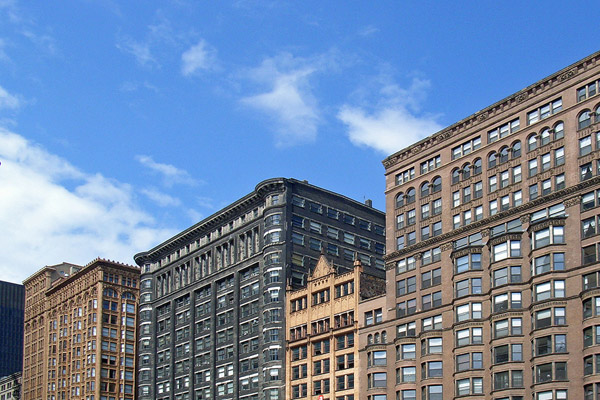
* Letters of Note has a wonderfully brutal letter from the late University of Chicago prof Norman Maclean to Alfred A. Knopf, which accepted, then rejected, his famous novel A River Runs Through It. Everything worked out in the end: the University of Chicago Press rescued it, and in return got an unusually successful popular work for an academic publisher. Knopf tried to make amends, which gave Maclean a hanging slider:
The dream of every rejected author must be to see, like sugar plums dancing in his head, please-can't-we-see-your-next-manuscript letters standing in piles on his desk, all coming from publishing companies that rejected his previous manuscript, especially from the more pompous of the fatted cows grazing contentedly in the publishing field. I am sure that, under the influence of those dreams, some of the finest fuck-you prose in the English language has been composed but, alas, never published.
A River Runs Through It is, of course, widly famous, and even survived having Dramatic Brad Pitt thrown at it (Funny Brad Pitt, on the other hand, is a good actor). But if you haven't read any Maclean, my personal choice is his undersung Young Men and Fire. It's non-fiction, the account of the devastating Mann Gulch fire and the young firefighters it killed, but the autobiographical and philosophical elements of A River Runs Through It will be familiar if you've read that book.
* Mr. Dan Kelly, proprietor of Chicago Steppes, has an impressively detailed and colorful history of the Portage Theater—now under temporary landmark status—at Gapers Block:
The more one reads about Mr. Thomas J. Walsh, the more one discovers a man suspected of much unpleasantness. Individuals who tussled with him tended to go missing, and while on trial for extortion, he also faced charges for gunning down Loop "wine room" owner Adolph George, Jr. and waiter Georg Gast in front of 50 witnesses in an argument over a chair. He got off on that one too, despite several eyewitnesses saying they saw him draw a gun and plug both men. As an annoying coda, Walsh and Hayes didn't serve a single day of their one-year sentence for over five years. It was a different, nastier time. Should you visit the theater, keep in mind that all that gorgeous French neoclassical ornamentation and pretty terra cotta was hard-won, not to mention the work of hard men.
* Mike Sula has an extensive roundup of suburban Chicago's best restaurants. I've been meaning to go to Chaihanna for a long time.
* Speaking of building preservation, Lee Bey takes a look at Unity Hall at 3140 S. Indiana, a vital link to Chicago's black political history that sits vacant:
Built in 1887 as the Lakeside Club, a Jewish social club, the building has a distinguished later history beginning in 1917 as Unity Hall, home of a black political organization called the People's Movement Club. From behind the building's sober Queen Anne exterior, Oscar S. DePriest formed a powerful political operation that made him the first black person elected to the U.S. House from a Northern state and made politicians of every color recognize, if not court, the black vote in Chicago. The model continued until the 1960s under DePriest's successor U.S. Rep. William L. Dawson.
* Bey also visits Eckart Park's Ida Crown Natatorium, one of my favorite buildings in Chicago.
* Chicago Modern: More Than Mies on Edward Dart's wonderfully eclectic houses.
* A Chicago Sojourn takes note of those distinctive green-and-white glazed-brick facades you see around town: "The notion of hygiene was on the rise, and glossy white brick – sometimes referred to as baker's brick – was the perfect reflection."
Photograph: Peyton Chung (CC by 2.0)



